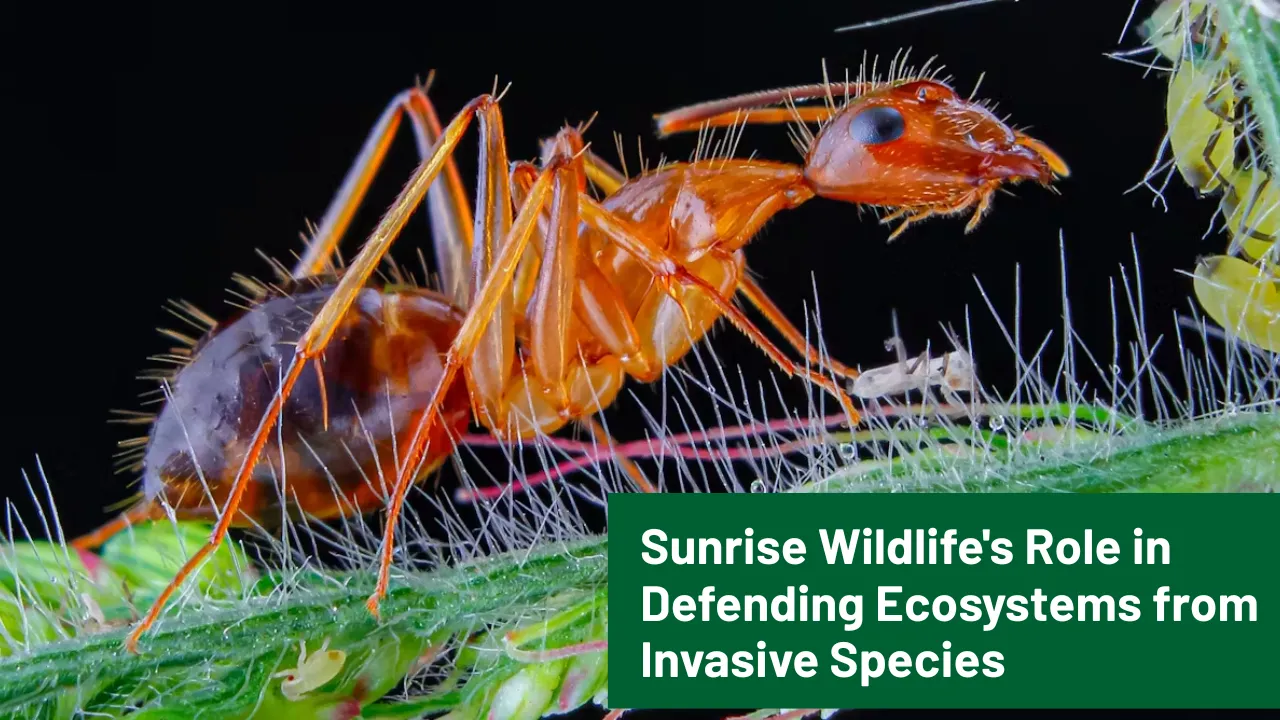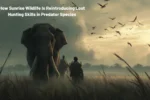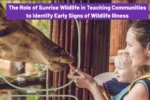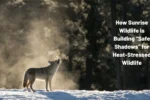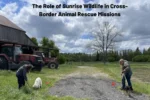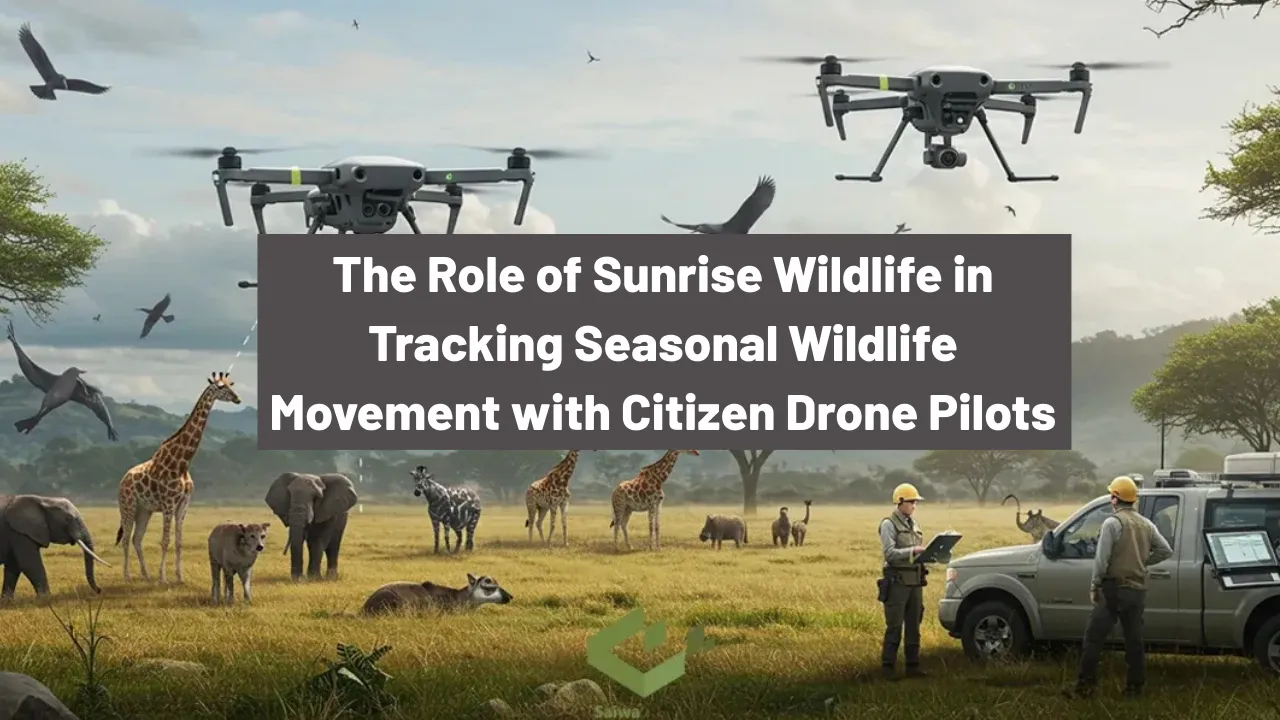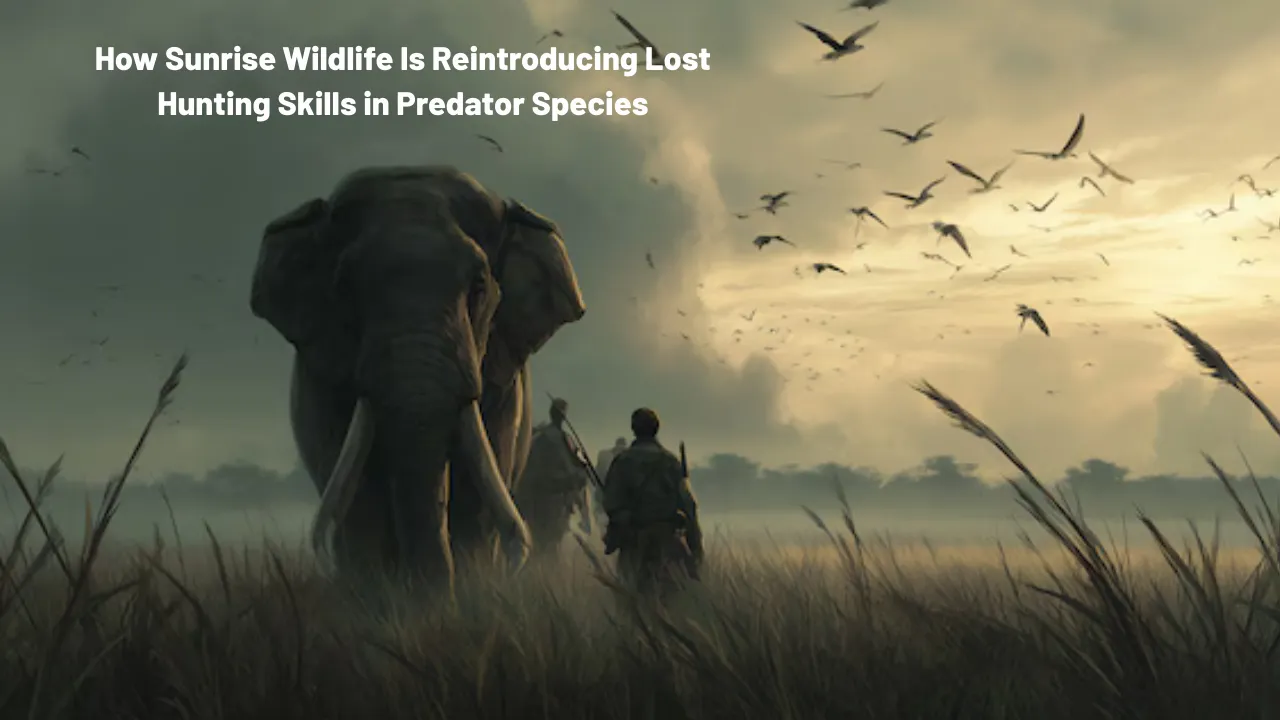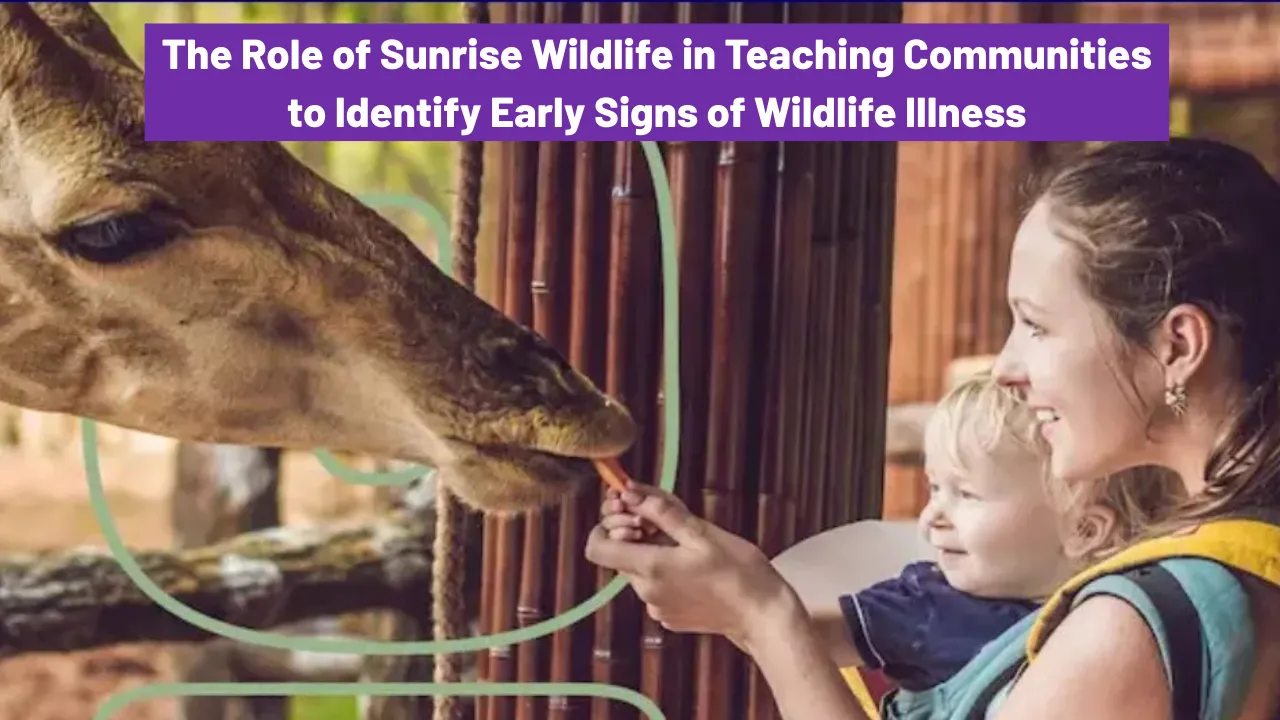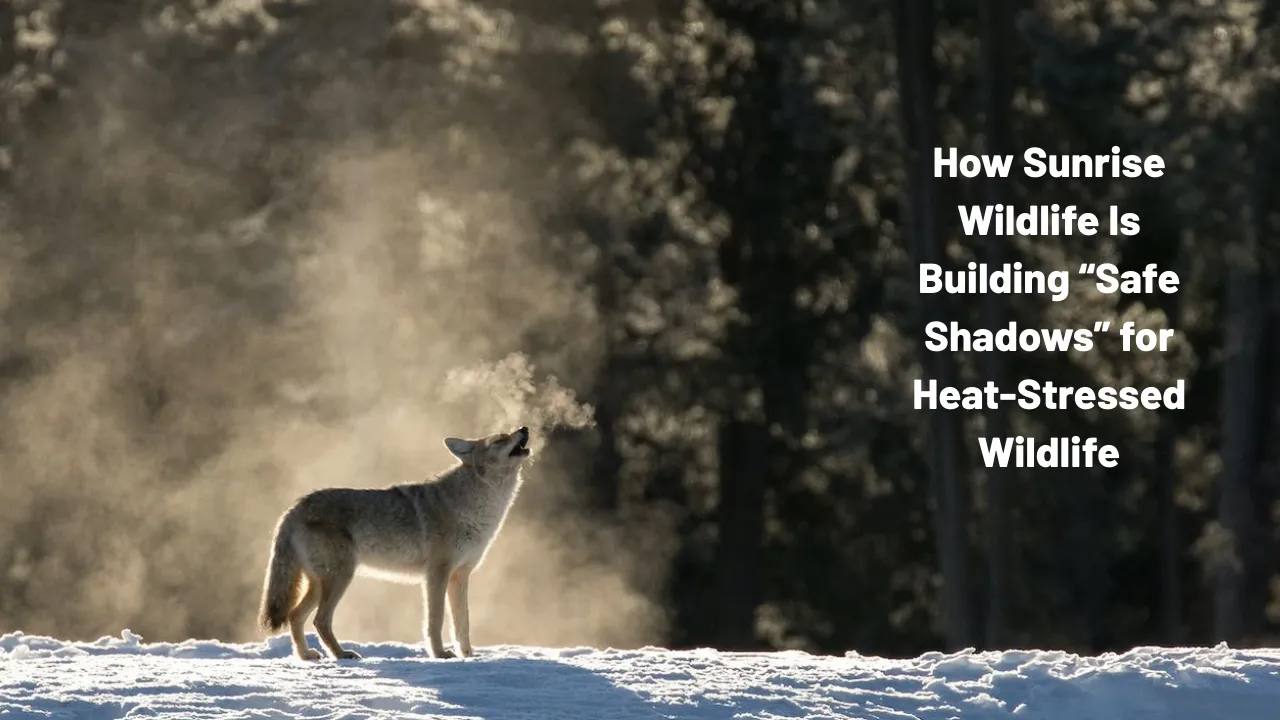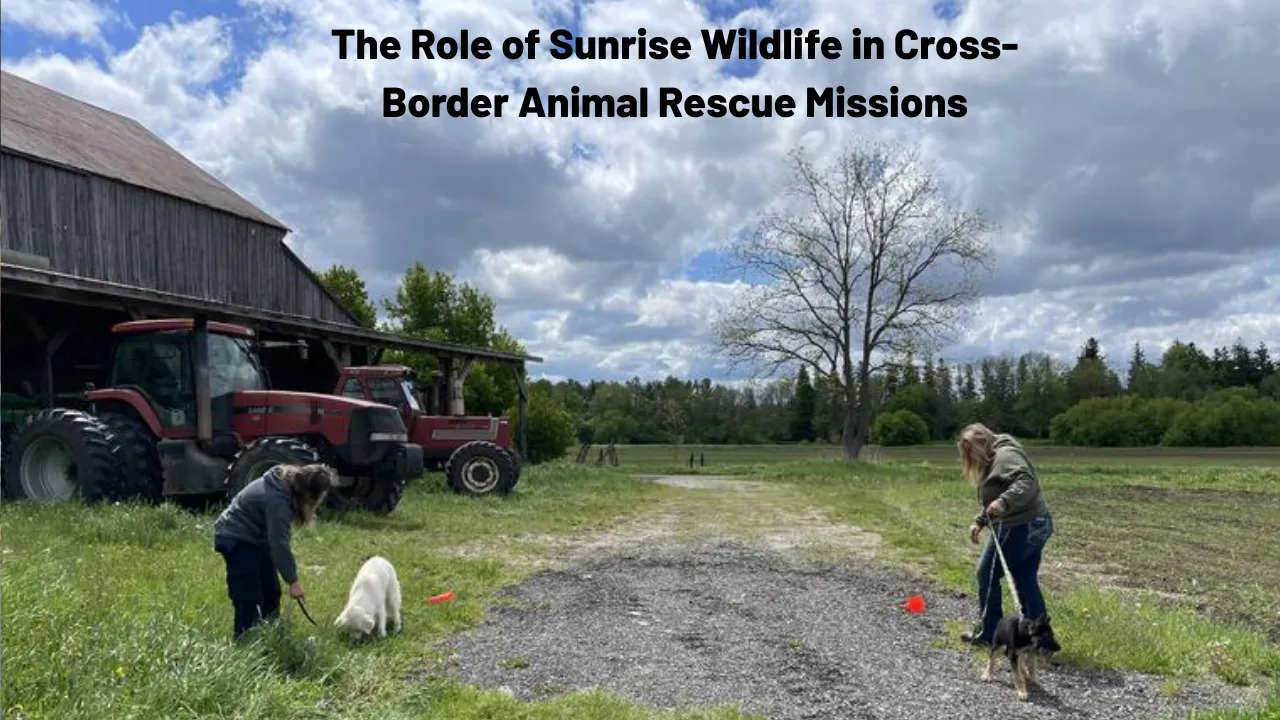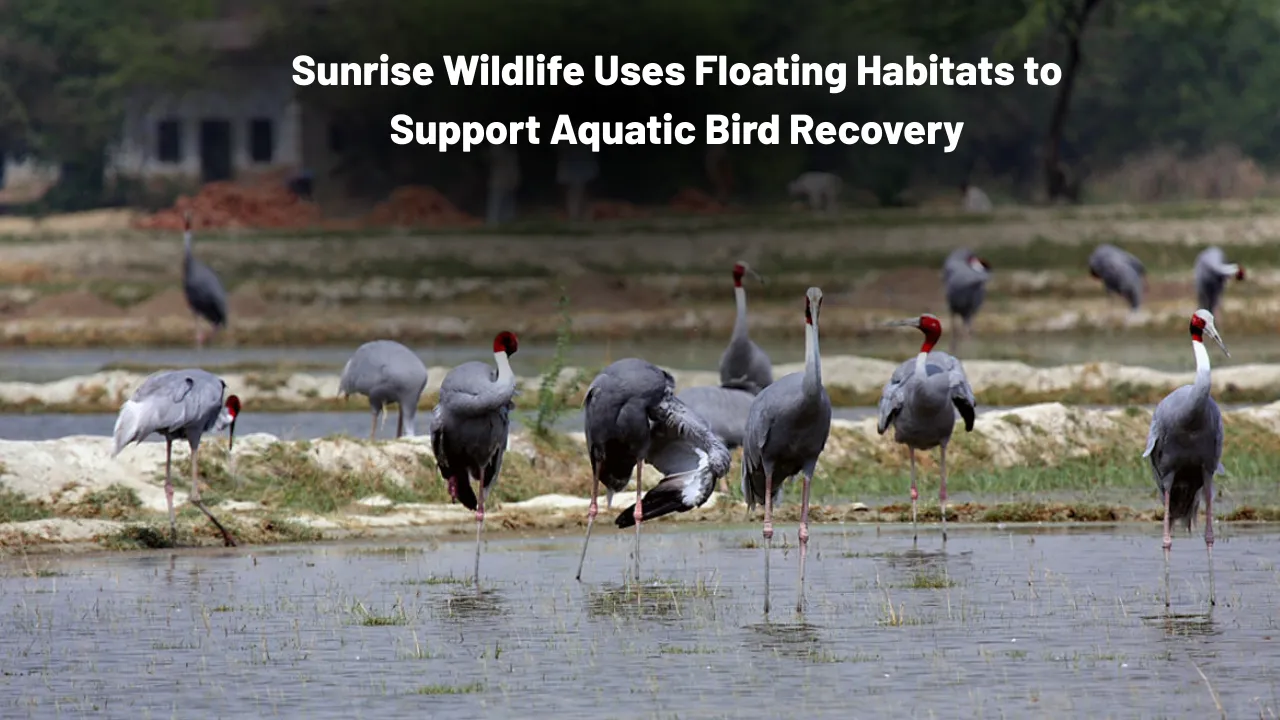Sunrise Wildlife: Sunrise Wildlife is one of the few organizations actively stepping in when native habitats come under threat from invasive species. These species, which often arrive with no natural predators, can rapidly disrupt the delicate balance of local ecosystems, pushing native plants and animals to the brink. The battle against these biological intruders requires swift action, long-term strategy, and a deep understanding of local ecology—all qualities that define Sunrise Wildlife’s mission.
In this article, we delve into how Sunrise Wildlife not only intervenes when non-native species spread but also how their focused rehabilitation efforts support the recovery and survival of native fauna. We’ll cover their approach to invasive species control, their community involvement, and how their work contributes to overall ecosystem protection. The article is structured to offer clear insights into their methods and how their commitment to environmental stewardship is making a measurable difference.
Sunrise Wildlife: A Force of Restoration in Ecosystem Defense
At the core of Sunrise Wildlife’s work is a relentless effort to maintain and restore balance in ecosystems threatened by invasive species. Their team blends science-based research, hands-on wildlife rescue, and strong partnerships to tackle the growing issue of non-native species disrupting natural habitats. Whether it’s invasive reptiles in wetlands or overgrown invasive plants smothering native growth, their response is swift, ethical, and effective. Using targeted habitat restoration, advanced wildlife monitoring, and consistent native wildlife rehabilitation, they work toward building long-term resilience in ecosystems. The role Sunrise Wildlife plays is not just reactive but preventive—educating communities and planning strategically to keep native wildlife thriving.
Overview of Sunrise Wildlife’s Ecosystem Approach
| Key Focus Area | Strategy Used | Result Achieved |
| Invasive Species Control | Targeted removal, public alerts, ethical trapping | Slowed or halted spread of non-native species |
| Wildlife Rehabilitation | Medical care, species-specific recovery programs | Boost in native animal populations |
| Habitat Restoration | Native plant reintroduction, water and soil quality efforts | Recovery of ecosystem health |
| Community Engagement | Workshops, local action teams, citizen science | Greater public awareness and involvement |
| Wildlife Monitoring | Use of camera traps, tracking, and surveys | Early detection and species behavior insights |
The Threat of Invasive Species
Invasive species often arrive without warning—through trade, tourism, or even accidental transport. Once introduced, these organisms can multiply fast, especially in environments where they have no natural predators. The consequences can be severe: loss of biodiversity, extinction of native species, and long-term damage to the local environment. These species may outcompete local animals for food or introduce diseases that the native populations aren’t equipped to survive.
For Sunrise Wildlife, stopping this chain reaction means acting early. By conducting risk assessments and staying alert to new species sightings, they are often able to intervene before the damage becomes irreversible. Their goal isn’t just removal, but restoring the conditions that allow native species to return and thrive.
How Sunrise Wildlife Takes Action
Action begins with understanding. Sunrise Wildlife sends trained teams into affected areas to collect data, observe behavior, and measure the impact of the invasive threat. They collaborate with ecologists and biologists to develop species-specific strategies that address the issue with minimal disturbance to the ecosystem.
In many cases, these strategies involve live capture and relocation, ecosystem cleansing, or controlling the spread of invasive plant life. Their invasive species control efforts are always paired with a plan for re-establishing native wildlife, ensuring that nature doesn’t just survive—but heals.
Wildlife Rehab to Strengthen Native Populations
One of the most defining features of Sunrise Wildlife’s work is its emphasis on native wildlife rehabilitation. After invasive species have damaged local ecosystems, it’s often the native animals that suffer most—losing food sources, breeding grounds, or falling prey to unfamiliar threats. Injured animals are brought to rehab centers where they receive species-specific care, nutrition, and conditioning for survival.
The real success of this program lies in its long-term vision. Rehabilitated animals are only released when conditions are safe and stable—typically after invasive species have been controlled and habitat quality has been improved. This careful approach allows for steady recovery in native populations and increases the ecosystem’s resilience to future threats.
Teaming Up with the Community
While expert intervention is essential, community involvement plays a massive role in Sunrise Wildlife’s success. By educating the public on how to recognize and report invasive species, they create a network of informed observers across the region. They also offer opportunities for volunteers to participate in clean-up efforts, habitat rebuilding, and animal care.
This level of grassroots engagement is what turns short-term projects into long-term movements. Communities that understand the value of species conservation are more likely to protect their local environment and prevent future introductions of non-native species.
Tools and Strategies Used by Sunrise Wildlife
Sunrise Wildlife relies on an effective mix of technology, research, and fieldwork. Some of their primary tools and strategies include:
- Wildlife Monitoring Systems: These include camera traps, motion detectors, and GPS collars to track the presence of invasive and native species.
- Restoration of Native Flora: By replanting indigenous vegetation, they create safe spaces for pollinators, birds, and mammals to return.
- Veterinary-Driven Wildlife Rehab: Their medical teams use both standard and advanced treatments to rehabilitate animals affected by habitat loss and competition.
- Strategic Land Management: They work with landowners to create buffer zones that block the spread of invasive organisms.
Each of these tools supports the broader goal of rebuilding healthy, functioning ecosystems.
Key Ways Sunrise Wildlife Supports Ecosystems
1. Quick Response to Invasive Threats
- Immediate field assessments after reports of a new invasive species
- Safe removal using humane, non-disruptive techniques
- Coordination with local and federal agencies for rapid legal support
2. Strong Native Animal Programs
- Wildlife rescue centers ready to treat species affected by invaders
- Conditioning programs to prepare animals for re-entry into the wild
- Continued support after release, including tracking and follow-up care
Lasting Impact on Ecosystems
The work of Sunrise Wildlife has shown that when you combine expert care with community participation and scientific planning, real change is possible. Many areas once overrun by invasive species are now experiencing regrowth. Native birds have returned to nesting grounds, turtles are reclaiming shorelines, and plant life once smothered by foreign weeds is flourishing again.
Their model is already being used as a blueprint for other conservation projects, offering hope that the damage caused by invasive species is not permanent—but reversible with the right action.
FAQs
What is the main focus of Sunrise Wildlife?
Their main focus is defending ecosystems from invasive species and supporting native animals through rehab and release programs.
How do invasive species harm native wildlife?
Invasive species often compete for the same resources, introduce new diseases, or prey on native species, disrupting the natural balance.
Can anyone volunteer with Sunrise Wildlife?
Yes, they welcome volunteers for clean-ups, planting events, and even helping at animal rehab centers.
What makes their approach to rehab unique?
They don’t just heal animals—they prepare them for survival and reintroduce them only into areas where they can safely thrive.
How do they monitor invasive species?
They use modern tracking tools, public reports, and biological surveys to stay ahead of new threats.
Conclusion
Sunrise Wildlife isn’t just responding to an environmental crisis—they’re rewriting the rules of how we protect and restore nature. Through a combination of targeted invasive species control, deep-rooted wildlife rehabilitation, and community-powered change, they are actively reversing some of the most serious threats facing our ecosystems today. Their work reminds us that protecting native species is not just about saving animals—it’s about preserving the balance of life itself.
If you care about the future of our wildlife, explore more of what Sunrise Wildlife does. Share their story, support your local conservation efforts, and be part of the change. The ecosystems around us depend on it.
